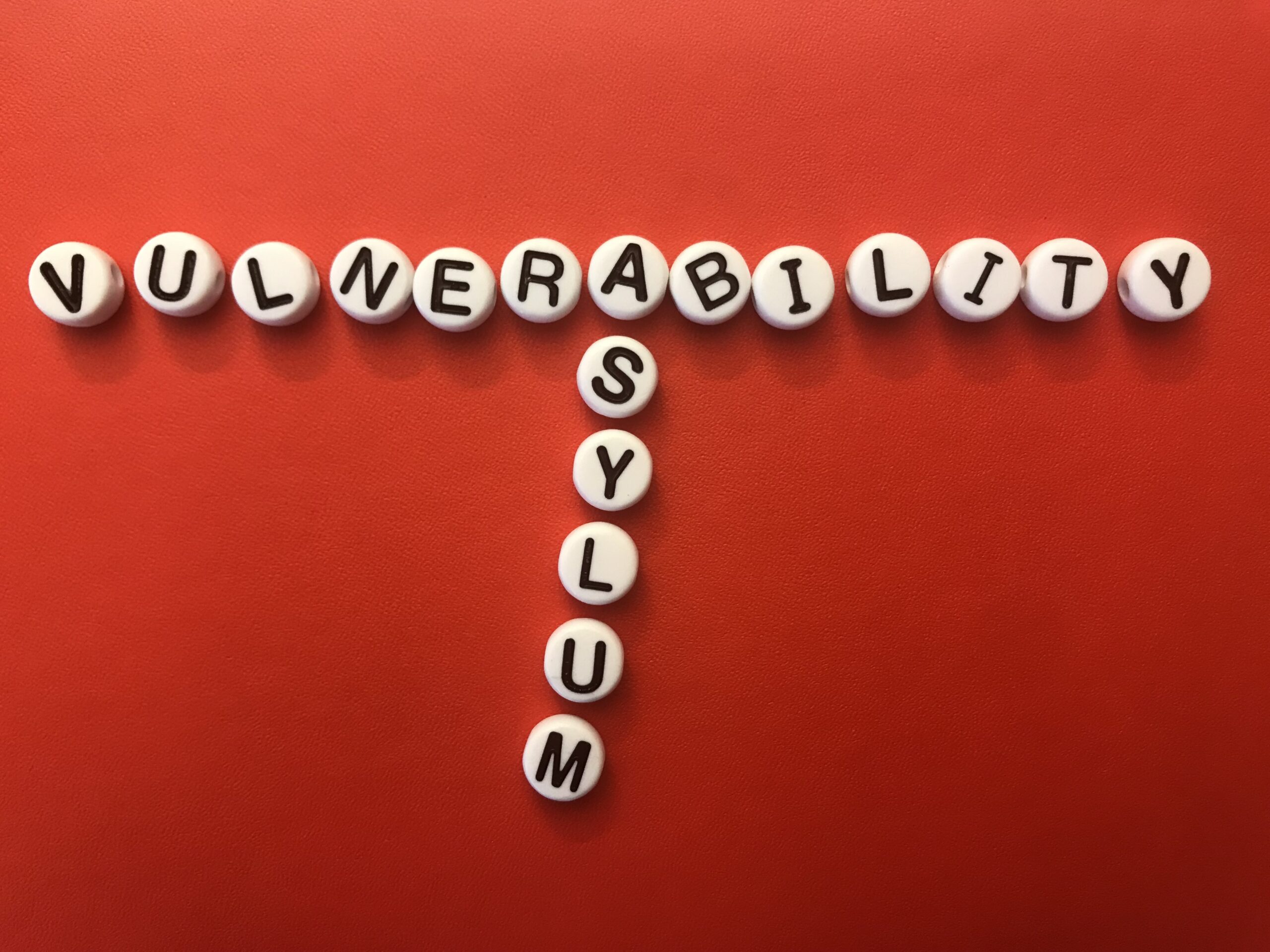Reflections on deploying the concept of vulnerability in asylum cases
The concept of vulnerability is used widely in the field of asylum. Especially since the ruling of the Grand Chamber of the European Court of Human Rights (ECtHR) in M.S.S. v. Belgium and Greece (2011), in which the Court described asylum seekers as vulnerable per se, the concept has been used frequently in case law on asylum seekers and refugees. The concept of vulnerability has also found its way into Austrian case law on the qualification criteria for subsidiary protection. While some scholars argue that the employment of the concept of vulnerability leads to more substantive equality and strengthens the rights of asylum seekers, others point to negative side effects. In this blog entry we will offer some reflections on the application of the controversial concept in asylum cases.
Margit Ammer
The concept of vulnerability in the asylum field is frequently used by different actors – policy makers, national and international courts, treaty bodies, international organisations or NGOs. It is used in relation to reception conditions of asylum seekers, asylum procedural rules, qualification criteria of international protection, or in the context of access to protection. In the EU context, some even go so far to say that vulnerability is ‘flooding EU asylum law’. Particularly since the judgment of the Grand Chamber of the European Court of Human Rights (ECtHR) in M.S.S. v Belgium and Greece (2011), the concept has been used frequently in case law relating to asylum seekers and refugees, including at the national level. In M.S.S., the Court took in the assessment whether detention conditions and living conditions in Greece amounted to ill-treatment under Article 3 of the European Convention on Human Rights (ECHR), into account that an asylum seeker was ‘particularly vulnerable because of everything he had been through during his migration and the traumatic experiences he was likely to have endured previously’. The Court used the concept to argue that hardship relating to detention conditions was increased simply because the person was an asylum seeker. Similarly, in assessing whether poor living conditions in Greece could raise an issue under Article 3 ECHR, the Court ‘attache[d] considerable importance to the applicant’s status as an asylum-seeker and, as such, a member of a particularly underprivileged and vulnerable population group in need of special protection’. However, in the case law on asylum seekers under Article 3 ECHR after M.S.S., the ECtHR usually required a ‘particular vulnerability’ so that being an asylum seeker did not suffice to lower the threshold.
While several legal scholars (e.g. Peroni and Timmer) seem to be mainly positive about the use of the concept in the asylum field, arguing that its use leads to greater substantive equality and, for example, lowers the threshold of Article 3 ECHR, others like Yahyaoui Krivenko have criticised the concept for its negative effects, such as further disempowering refugees and asylum seekers, making the enjoyment of their rights a subjective matter of benevolence, creating hierarchies within the already marginalised categories of refugees and asylum seekers, and acting as an inadequate substitute for the complex reasoning required by the principle of equality in human rights law.
Through the case law of the ECtHR on Article 3 ECHR and arguably also through UNHCR documents, the concept of vulnerability has found its way into Austrian case law on the non-refoulement provision under Article 3 ECHR and consequently also into case law on qualification criteria for subsidiary protection.[1] In 2017, for example, the Supreme Administrative Court (VwGH)[2] required for the first time to take ‘particular vulnerability’ into account when assessing whether a person qualifies for subsidiary protection. The case concerned a family with five minor children who were to be sent back to Iraq. The VwGH criticised the Federal Administrative Court (BVwG) for completely disregarding the fact that the complainants were also minors who were ‘particularly vulnerable persons’. With regard to the particular vulnerability of minors, the VwGH referred to the definition of ‚vulnerable persons‘ in Article 21 of the EU Reception Conditions Directive 2013/33/EU (RCD). [3] The VwGH thus transfers the definition of ‘vulnerable persons’ from the field of reception conditions for asylum seekers to the asylum procedure, in which it is to be examined whether a person is entitled to international protection. The EU Qualification Directive – which contains qualification criteria for international protection – itself does not refer to vulnerability in its qualification criteria for subsidiary protection.
The VwGH has since then (see also e.g. here) repeatedly obliged authorities to consider in the non-refoulement assessment the particular vulnerability of minors (‘a particularly vulnerable group of persons in need of special protection’), but also that of pregnant woman or persons with health issues. In doing so, the VwGH has always referred to Article 21 RCD.
But what does the label vulnerability add to the requirement to assess individual circumstances in the light of the conditions in the receiving state? In the real risk assessment under Article 3 ECHR (see e.g. here or here ), individual circumstances of the claimant must be assessed in light of the general situation in the receiving state. Similarly, Article 4(3) of the EU Qualification Directive demands that applications for international protection must be assessed on an individual basis, taking into account facts relating to the country of origin and the ‘individual position and personal circumstances of the applicant’. As mentioned above, EU qualification criteria do – unlike the Reception Conditions Directive and the Asylum Procedures Directive – not refer to the concept of vulnerability. Also at the Austrian level the question arises whether the concept of (particular) vulnerability has an added value in the non-refoulement assessment under Article 3 ECHR and consequently under Austrian law in the context of subsidiary protection. What does the consideration of particular vulnerability mean in comparison to the assessment of individual circumstances in the risk assessment under Article 3 ECHR?
As part of our asylum case study in the project Vulnerability in the Context of Human Rights, we screen and analyse decisions of Austrian courts on international protection with regard to the role of vulnerability in the legal reasonings.
Annotations:
- [1] According to Sec. 8 Asylum Act, subsidiary protection is granted to an applicant for international protection if expulsion would lead to a real risk of an Article 3 ECHR violation. Subsidiary protection is a form of international protection regulated in the EU Qualification Directive 2011/95/EU, based in particular on the principle of non-refoulement.
- [2] The VwGH is the court of last resort in asylum matters. In case the appellate court (BVwG) dismisses the appeal asylum seekers can ask for judicial review before the VwGH. However, only legal questions of ‘fundamental significance’ are reviewed.
- [3] Article 21 RCD obliges EU Member States ‘to take into account the specific situation of vulnerable persons’ in the national law implementing the RCD and contains a non-exhaustive list of categories of such persons. It mentions minors, unaccompanied minors, disabled people, elderly people, pregnant women, single parents with minor children, victims of human trafficking, persons with serious illnesses, persons with mental disorders and persons who have been subjected to torture, rape or other serious forms of psychological, physical or sexual violence, such as victims of female genital mutilation.

Contacts
